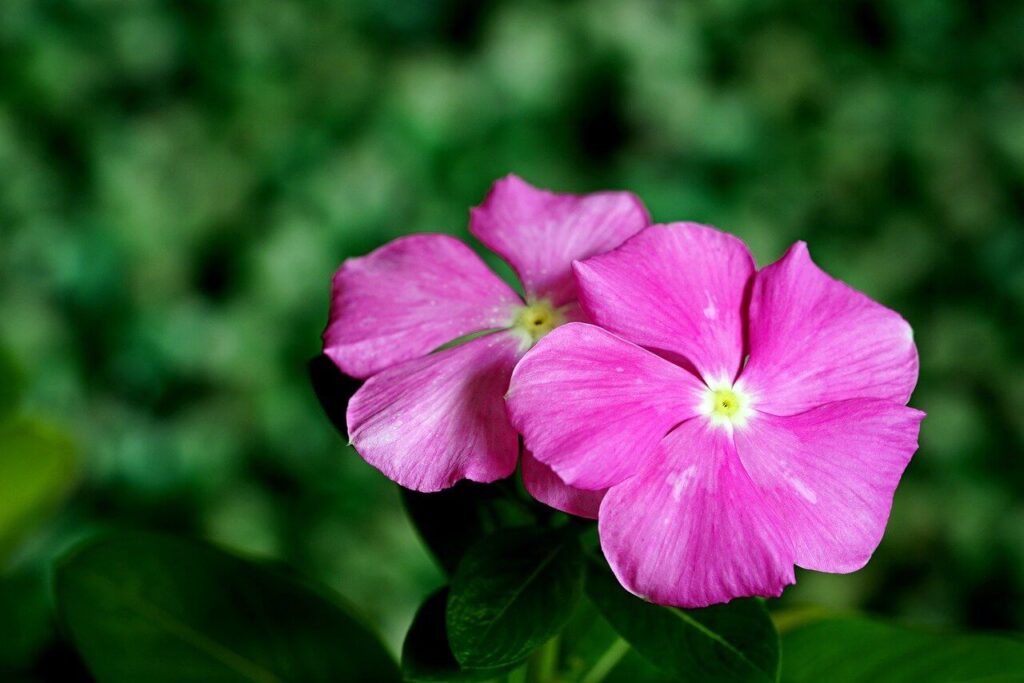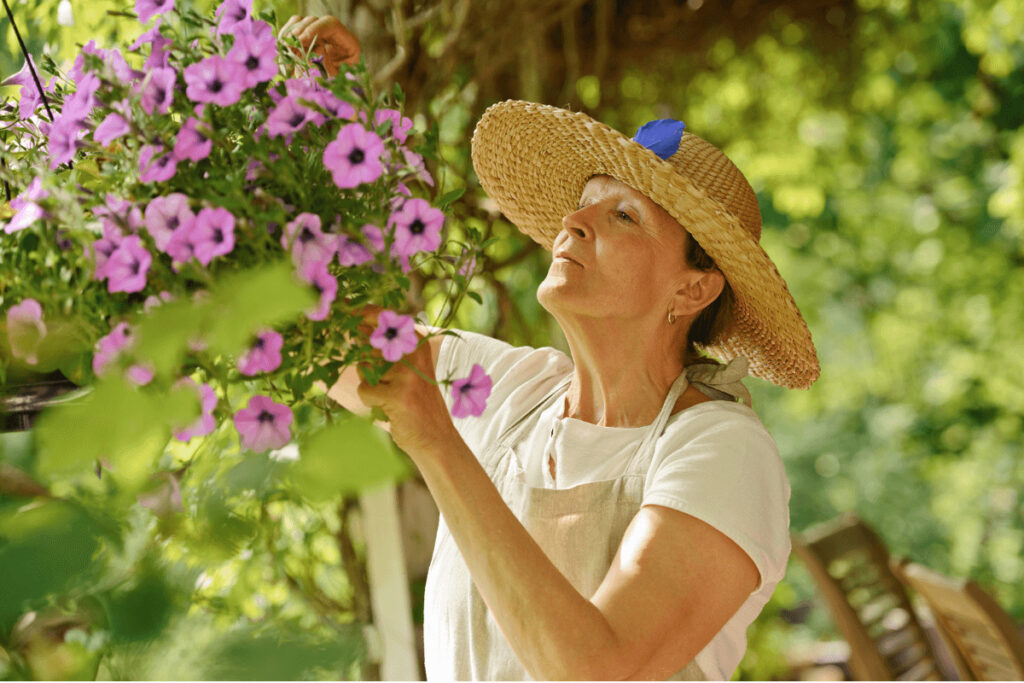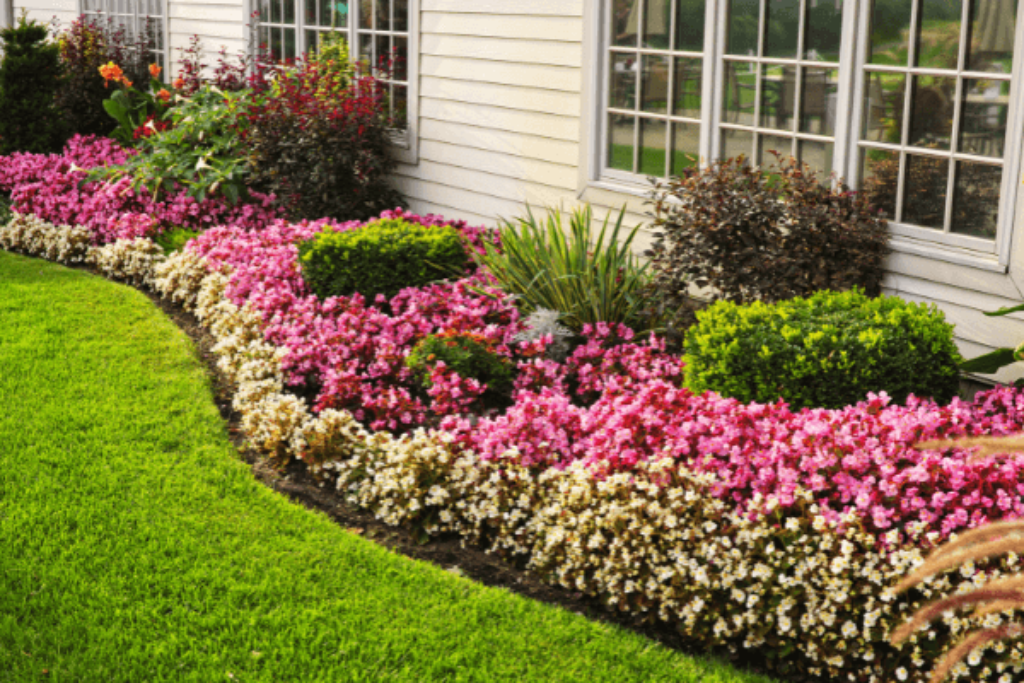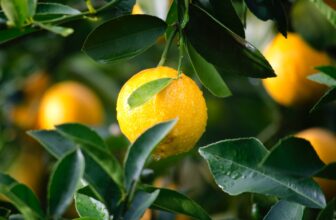
Table of Content
A garden full of beautiful flowers is always the ultimate goal of every gardener. That’s why you provide your plants with the best care, hoping they’ll produce gorgeous blooms, but what if it’s not happening as you expected? That’s where deadheading comes into the picture!
What is Deadheading?
Deadheading is the practice of removing old, spent, and dried-up flowers to stimulate and encourage the production of blooms. It can also be described as a pruning technique that helps to keep plants in good shape and improve their health and performance.
Flowering is the way plants reproduce, as it guarantees the continuous survival of their species. They’ll keep flowering until the harvesting of seeds and will stop blooming once done. The trick is to get rid of the flowers before they produce seeds so the plants will keep blooming longer until they reach their end goal: seeding and germination of new plants.
Do All Flowering Plants Need Deadheading?
No. Not every flowering plant needs to be deadheaded. Deadheading does no harm to plants, but for some it does no good either. Then how do you decide which plants should be deadheaded and which don’t need it?
Deadheading is essential for most annuals and perennials, but there are some plants that should and can be left alone as well. Here are some examples:
1. Sterile Plants
These are the plants that don’t have the ability to reproduce. Simply put, they can’t produce seeds by themselves. Though not all, the majority of hybrid flowering plant species are sterile as a result of the genetic process through which they are bred.
Nowadays, hybrid plants are intentionally created to be sterile for low-maintenance purposes. These plants will carry on blooming and trying to produce seeds that they’re incapable of, so even without deadheading, the flowers will appear constantly until the end of the season.
2. Self-Cleaners

Self-cleaning plants either get help from natural factors like wind or rain to get rid of their flowers or they just fade away on their own, allowing new ones to appear. Some examples of such plants include:
- Madagascar Periwinkle (Catharanthus roseus)
- Impatiens (Impatiens walleriana)
- Nemesias (Nemesia)
- Begonias (Begonia)
- Million bells (Calibrachoa)
3. Continuous and Low-Maintenance Bloomers
There are some plants that simply keep blooming even without any external care and maintenance. Some examples of such prolific bloomers are:
- Leopard plant (Ligularia spp.)
- Spanish needles (Bidens)
- Flossflower (Ageratum)
- Wandflower (Oenothera lindheimeri)
- Bright lights African Daisy (Osteospermum ‘Bright lights’)
When and How Often Should You Deadhead?
Deadheading can be done anytime within the blooming season when the flowers start wilting away. It’s easier to figure out when to start if you have plants that produce single blooms and becomes more complicated with plants that produce multiple blooms per stem. If you have the latter, you can start the deadheading after about 70% of the flower cluster has dried up.
Keep deadheading throughout the blooming season but stop once the weather starts to become colder and frosty. Leave the plants to reseed naturally for propagating purposes.
How to Deadhead Plants

Step One: Choose a cutting point.
This might be different based on the specific plant variety and species. The common practice is to deadhead just below the flower itself. However, this could make the plants look unattractive later with visible dried-up and shriveled stems.
If you’re not sure where to cut, the best thing to do is trim back the stalk about ¼ inches above a fresh flower, leaf, or bud located just alongside the bloom that’s supposed to be deadheaded.
Step Two: Make the cut.
Though you can pick the flowers by hand, using a sharp, sterilized tool is ideal as you’ll be able to make a proper, clean cut without harming the plant. Make the cut at a 45-degree angle for minimum damage and reduce the risk of your plant catching infections.
Step Three: Tidy up the surroundings.
Aftercare is extremely important if you want to see the results of deadheading. Once you’re done trimming and removing the flowers, don’t leave them lying around. For a neat-looking and well-kept garden, discard all the deadheaded parts and keep the area clean. You can simply toss the unwanted bits onto your compost pile, but don’t do this if they’re infested or diseased.
Step Four: Fertilize your plants to finish the process.
Although the main purpose of deadheading is to remove old flowers to prolong and maximize blooming, it also encourages new growth and improves plant health. Make sure to feed your plants with a suitable, well-balanced fertilizer after deadheading throughout the blooming season.
Benefits of Deadheading

Here’s a quick look at the many benefits of deadheading plants:
- Stimulates and encourage the blooming
- Lengthens the blooming period
- Encourages new growth
- Keeps the plants healthy and thriving
- Maintains the appearance of your plants
- Creates a beautiful, tidy garden
- Controls self-seeding and excessive spreading of plants
- It can also be a great activity to sooth and calm your mind
Wrapping Up
As you can see, deadheading is an important task in promoting the blooming and health of your plants. It’s also a simple and entertaining activity that doesn’t require a lot of effort or time. Just a few occasional cuts and plucks of spent blooms and voila! Your garden will be the envy of the neighborhood!






